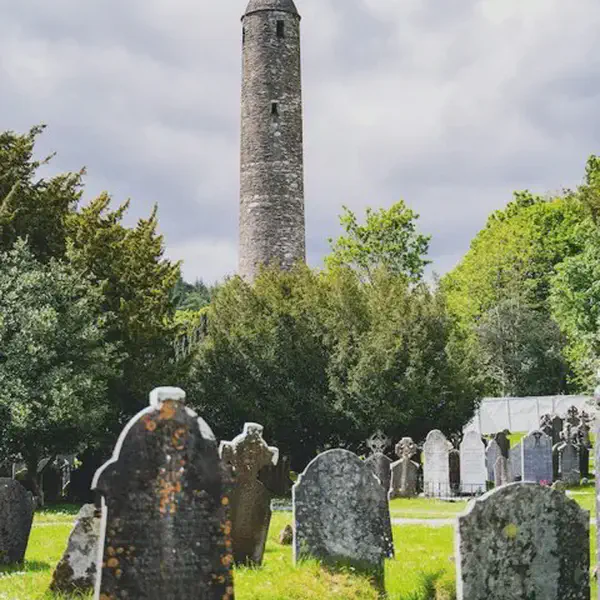
The Tumultuous Risings Act Imposes Penalties for Rioting and for Interference With the Collection of Tithes
March 26, 1787
A series of enactments called the Whiteboy Acts (passed by the Irish and the United Kingdom parliaments between 1775 and 1831) was intended to give additional facilities to the executive for the suppression of tumultuous risings.
In Co Tipperary, where men wearing white smocks over their heads levelled fences and attacked cattle by night. They became known as Whiteboys, and the movement spread into Munster, Leinster and Connaught. As the movement gathered strength they issued threats to landlords over a number of long standing grievances. In particular the payment of Tithes and the levels of rent.
The Whiteboys, though mainly cotters, did include some middle class, and had the support of most of the rural population. They were a difficult group for the government to control. Tipperary landlords tried to control them by forming troops of horse from selected tenants, but were not successful. In other parts of Ireland agrarian movements briefly sparked, but the Whiteboys caused problems over a long period.
Ireland changed little, the Whiteboy revolts continued to kill and burn people and animals. Resentment against Tithes and high rents continued to smoulder. And the population continued to grow rapidly.
The main outbreaks of violence with the Whiteboys were in the years 1760 - 1766, 1770 - 1776, 1785 - 1788 and 1799 - 1803